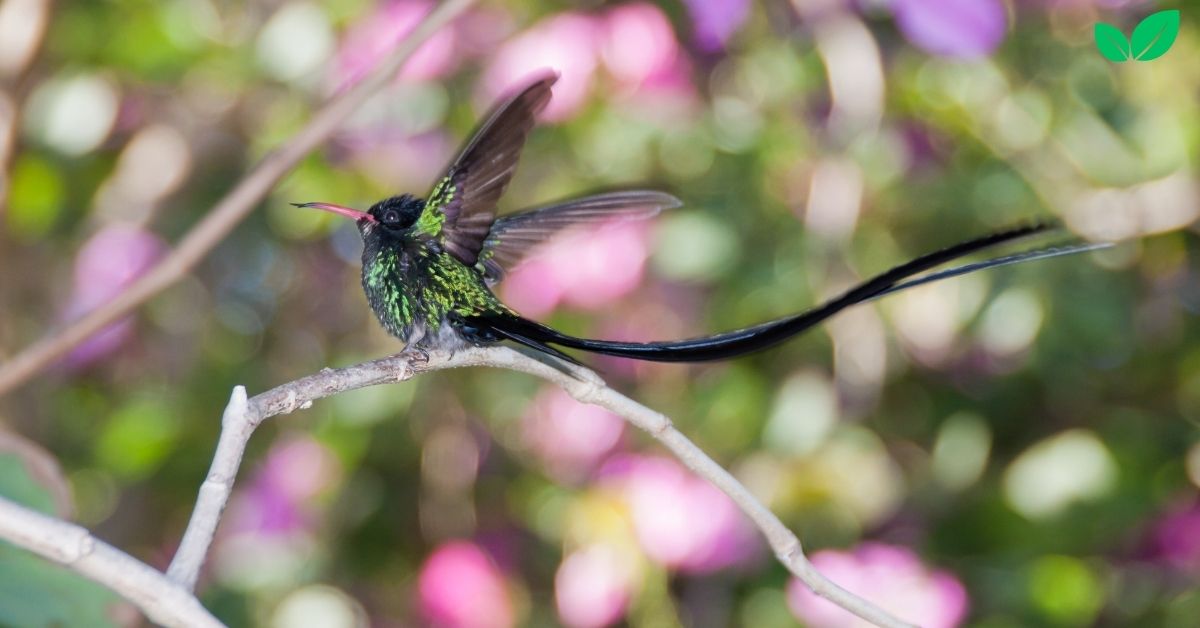The Doctor Bird, also known as the Red-billed Streamertail (Trochilus polytmus), is a captivating hummingbird native to Jamaica and revered as the country’s national bird. Known for its vibrant iridescent colors and distinctive tail feathers that resemble streamers, this hummingbird is more than a beautiful symbol; it is an integral part of its ecosystem, playing vital roles in pollination, supporting biodiversity, and contributing to the health of tropical habitats.
In this article, we will explore the environmental niche of the Doctor Bird, delving into its physical characteristics, natural habitat, ecological roles, interactions with other species, and the environmental challenges it faces. By understanding the significance of the Doctor Bird in its ecosystem, we can better appreciate its importance in maintaining biodiversity and promoting the health of the unique tropical ecosystems where it lives.
Overview of the Doctor Bird: Characteristics and Habitat
The Red-billed Streamertail is a species of hummingbird belonging to the Trochilidae family, one of the most diverse bird families in the world. With its unique tail feathers and iridescent green plumage, this hummingbird is a favorite of birdwatchers and an iconic species in Jamaica. The Doctor Bird is native exclusively to Jamaica, where it thrives in tropical forests, gardens, and areas rich in flowering plants.
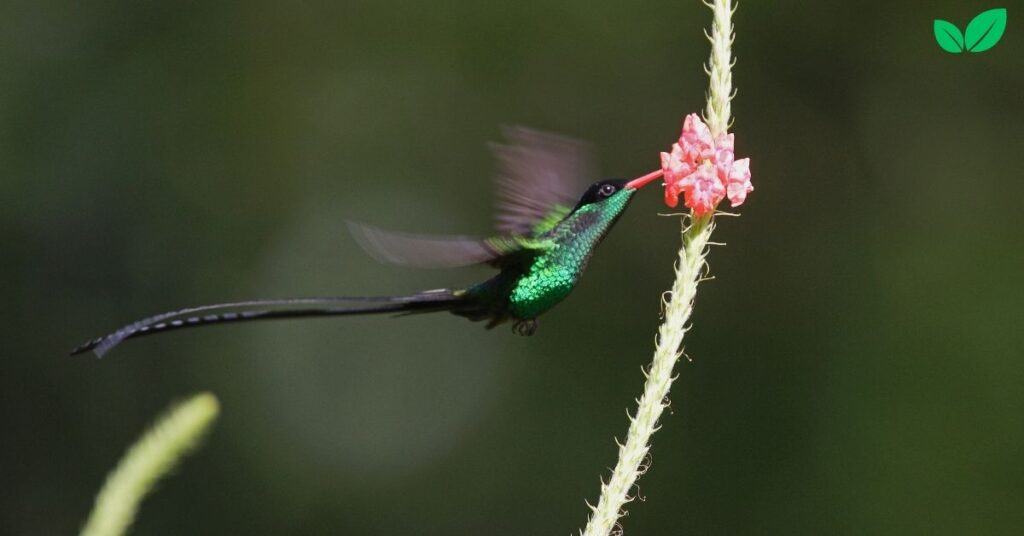
1. Physical Characteristics
The Red-billed Streamertail is a medium-sized hummingbird with a distinct appearance that sets it apart from other species. Males are known for their dazzling green iridescent feathers and long, trailing tail feathers, which are often called “streamers.” These tail feathers can be up to six inches long, doubling the length of the bird’s body, and create a striking effect as they fan out behind the bird in flight. The male’s red bill and iridescent green head and throat give it a brilliant, jewel-like appearance.
Females lack the streamers and are slightly smaller than males, with more subdued coloration that provides better camouflage while nesting. Like other hummingbirds, the Doctor Bird has a long, slender bill adapted for feeding on nectar and a fast, agile flight pattern that allows it to hover and dart among flowers with precision.
2. Native Habitat and Range
The Red-billed Streamertail is endemic to Jamaica, meaning it is found nowhere else in the world. Within Jamaica, it inhabits a variety of environments, from dense tropical forests and mountain woodlands to lowland gardens and urban areas with ample flowering plants. Its reliance on nectar as a primary food source means it is commonly found in areas rich in flowering shrubs, trees, and vines that produce abundant nectar.
While the Doctor Bird is adaptable to a range of habitats within Jamaica, it is most commonly associated with primary and secondary forests, as well as coastal areas with a diversity of plant species. The bird’s presence in gardens and cultivated areas reflects its ability to thrive in habitats modified by humans, as long as sufficient flowering plants are available to meet its dietary needs.
Adaptations of the Doctor Bird to Its Environment
The Doctor Bird has evolved a range of unique adaptations that allow it to thrive in the tropical environment of Jamaica. These adaptations include specialized feeding mechanisms, rapid wingbeat patterns, and striking physical characteristics that aid in both foraging and reproduction.
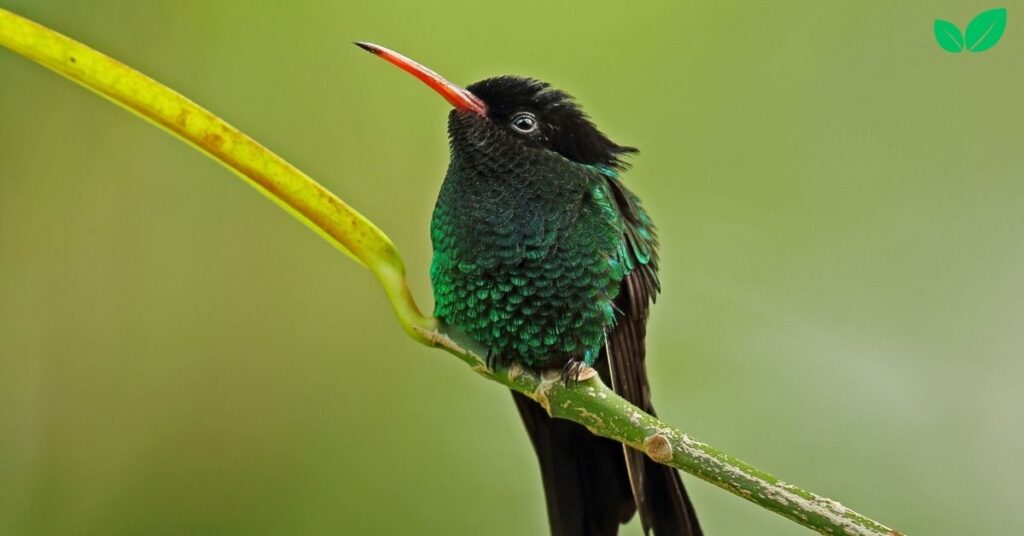
1. Specialized Bill and Tongue for Nectar Feeding
The Doctor Bird’s long, slender bill and specialized tongue are perfectly adapted for feeding on nectar, which is its primary food source. Its bill allows it to reach deep into flowers, accessing nectar that other birds or insects may be unable to reach. Additionally, the hummingbird’s tongue is split and grooved, enabling it to draw nectar up into its mouth through capillary action—a highly efficient mechanism that allows it to feed quickly and effectively.
This specialized feeding method allows the Doctor Bird to access nectar from a variety of flower shapes and sizes, making it a versatile forager. By feeding on nectar, it also plays a crucial role in pollinating tropical plants, which rely on the hummingbird to transfer pollen as it moves between flowers.
2. Rapid Wingbeat and Hovering Flight
Like all hummingbirds, the Red-billed Streamertail is known for its rapid wingbeat, which allows it to hover in place while feeding. Its wings can beat up to 80 times per second, creating a humming sound that gives hummingbirds their name. This ability to hover enables the Doctor Bird to access flowers that may not have stable perches, allowing it to feed on a wide range of plants that other birds cannot reach.
The bird’s agile flight and high energy levels are supported by a fast metabolism, which allows it to convert nectar into energy quickly. However, this high metabolism also means the Doctor Bird must feed frequently to maintain its energy levels, leading to a high demand for nectar-producing plants within its habitat.
3. Sexual Dimorphism and Coloration
The Doctor Bird exhibits sexual dimorphism, with males and females displaying different physical characteristics. Males have the long, streamer-like tail feathers that give the bird its name, as well as the brilliant iridescent green coloration that reflects light in a variety of hues. These tail feathers and vibrant colors are used to attract females during courtship displays, where males show off their feathers and agility to potential mates.
Females, on the other hand, lack the long tail feathers and are smaller, with more muted coloration that helps them blend into their surroundings while nesting. This difference in appearance provides a form of camouflage for females, protecting them from predators while they care for their young.
Ecological Roles and Contributions of the Doctor Bird
The Doctor Bird plays significant ecological roles within its environment, including pollinating tropical plants, supporting biodiversity, and contributing to the health of Jamaica’s forest ecosystems. Its presence benefits both plants and animals within the ecosystem, making it a keystone species in the habitats it occupies.
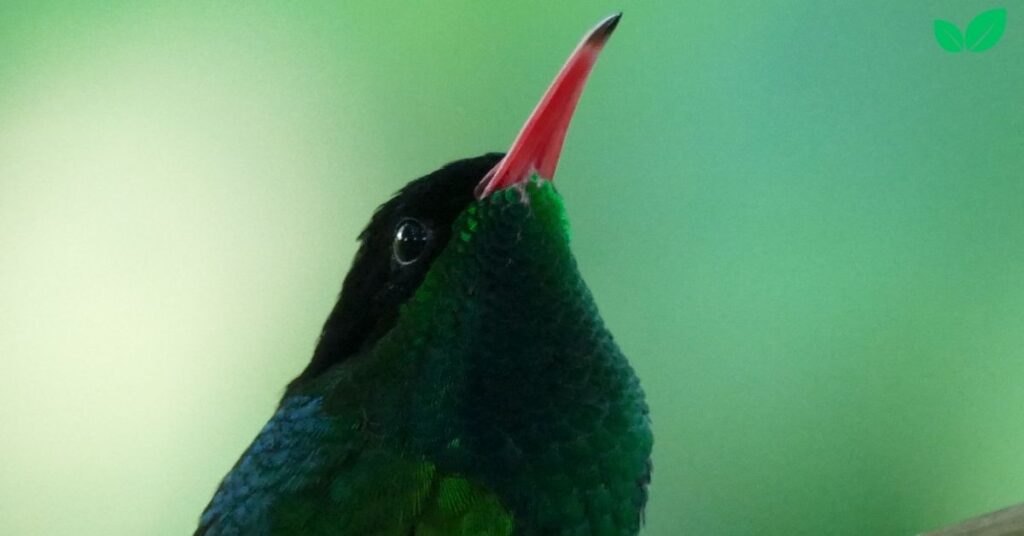
1. Pollinator of Native Plants
The Doctor Bird is an essential pollinator in Jamaican ecosystems, as many native plants rely on hummingbirds for successful pollination. When the bird feeds on nectar, it inadvertently picks up pollen on its head and bill, transferring it to other flowers as it moves from plant to plant. This pollination process allows plants to reproduce and maintain genetic diversity within their populations, supporting the long-term health of Jamaica’s forests and landscapes.
By supporting the reproduction of flowering plants, the Doctor Bird also contributes to the health of the entire ecosystem. These plants provide food and shelter for a variety of other organisms, from insects and birds to mammals and reptiles. The hummingbird’s role in pollination thus has far-reaching impacts on biodiversity and ecosystem stability.
2. Supporting Food Webs and Biodiversity
The Doctor Bird supports biodiversity in Jamaican ecosystems by serving as both predator and prey. Its diet consists primarily of nectar, but it also consumes small insects and spiders, which provide essential proteins and nutrients. By preying on these small invertebrates, the hummingbird helps regulate insect populations, contributing to a balanced ecosystem.
In turn, the Doctor Bird itself serves as prey for larger birds, reptiles, and mammals. Its role as a food source supports local food webs and contributes to the survival of predator species within the ecosystem. This interconnectedness with other species highlights the Doctor Bird’s importance in maintaining ecological balance and supporting a diverse community of organisms.
3. Indicator of Environmental Health
Hummingbirds, including the Doctor Bird, are often used as indicators of environmental health due to their sensitivity to habitat quality, climate changes, and the availability of flowering plants. Changes in Doctor Bird populations can signal shifts in ecosystem health, such as the loss of habitat, the decline of flowering plants, or the effects of climate change.
Monitoring Doctor Bird populations and their habitats provides valuable information for conservation efforts, helping researchers assess the health of Jamaica’s forests and other natural areas. The bird’s presence in a variety of habitats also highlights its adaptability and resilience, making it a useful species for understanding environmental changes within tropical ecosystems.
Interactions of the Doctor Bird with Other Species
The Doctor Bird interacts with a range of species within its ecosystem, forming mutualistic relationships with plants, competitive interactions with other hummingbirds, and predator-prey relationships with larger animals. These interactions demonstrate the interconnectedness of the Doctor Bird within Jamaican ecosystems.
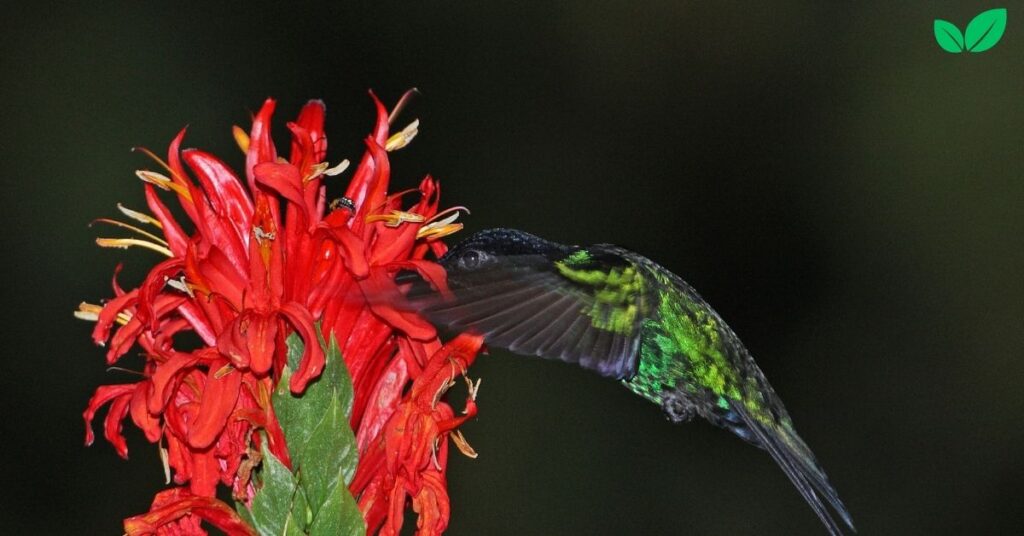
1. Mutualistic Relationships with Flowering Plants
The Doctor Bird forms mutualistic relationships with the flowering plants it pollinates. The bird relies on these plants for nectar, while the plants rely on the Doctor Bird for pollination. This mutually beneficial relationship is essential for the reproductive success of many native plants and supports the diversity of flowering species within Jamaican ecosystems.
Certain plants have evolved specific traits to attract hummingbirds, such as bright red or orange flowers, tubular shapes, and high nectar production. These adaptations make it easier for the Doctor Bird to access nectar while maximizing the chances of successful pollination. The symbiotic relationship between the Doctor Bird and these plants enhances the resilience and productivity of Jamaican forests and other natural habitats.
2. Competition with Other Hummingbirds
In areas where multiple hummingbird species are present, the Doctor Bird may compete with other species for nectar resources. Competition for food can lead to territorial behavior, with individual birds defending specific feeding areas or flower patches. This competitive interaction helps regulate hummingbird populations and prevents overconsumption of nectar resources, maintaining a balance within the ecosystem.
In some cases, the Doctor Bird’s size and agility may give it an advantage over smaller hummingbirds, allowing it to access more abundant nectar sources. However, this competition can also drive hummingbirds to seek out new food sources or adapt to changing availability, supporting diversity in foraging behavior and resource use.
3. Predator-Prey Relationships with Birds and Reptiles
The Doctor Bird faces predation from larger birds, such as hawks and owls, as well as reptiles and small mammals that may prey on hummingbird eggs or nestlings. This predator-prey relationship plays a role in controlling hummingbird populations, helping to prevent overpopulation and maintain ecological balance.
Predation pressure also drives certain behaviors in the Doctor Bird, such as nesting in concealed locations or displaying evasive flight patterns. These behaviors enhance the bird’s survival and demonstrate the adaptations it has developed in response to the presence of natural predators within its environment.
Conservation Challenges Facing the Doctor Bird
Despite its adaptability, the Doctor Bird faces conservation challenges due to habitat loss, climate change, and human activity. These challenges threaten its populations and the health of the ecosystems it supports, making conservation efforts essential for ensuring its survival.
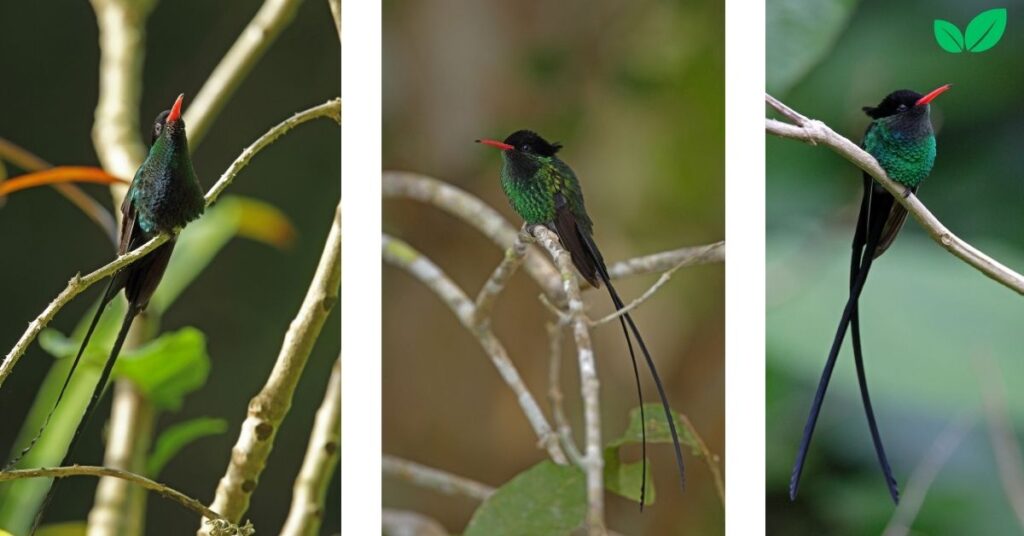
1. Habitat Loss and Fragmentation
Habitat loss is one of the primary threats to the Doctor Bird, as deforestation, urbanization, and agriculture reduce the availability of suitable habitats. The loss of tropical forests and other natural areas leads to a decline in flowering plants, limiting the bird’s access to nectar sources and suitable nesting sites.
Conservation efforts focused on preserving and restoring natural habitats are essential for protecting Doctor Bird populations. By conserving forested areas, gardens, and protected reserves, we can ensure that the Doctor Bird and other species have access to the resources they need to thrive.
2. Climate Change and Environmental Stress
Climate change poses a significant threat to the Doctor Bird by altering the availability of food, water, and suitable habitat. Changes in temperature and rainfall patterns can affect the timing of flowering in plants, disrupting the bird’s access to nectar. Extreme weather events, such as hurricanes, can also impact hummingbird populations by damaging habitats and reducing food sources.
To address these challenges, conservation strategies that promote habitat resilience, support biodiversity, and enhance climate adaptation are essential. By fostering diverse ecosystems and protecting critical habitats, we can help the Doctor Bird and other species adapt to changing environmental conditions.
3. Human Activity and Pollution
Human activities, such as agriculture, tourism, and pesticide use, can impact Doctor Bird populations by degrading habitats and exposing the birds to harmful chemicals. Pesticides can reduce insect populations, which are an important part of the bird’s diet, while pollution from agricultural runoff can affect water quality and plant health.
Reducing pesticide use, promoting sustainable tourism practices, and encouraging environmentally friendly agricultural practices can help protect Doctor Bird habitats and support the health of Jamaica’s ecosystems. Conservation education and awareness can also play a role in reducing human impacts on Doctor Bird populations.
Conclusion
The Doctor Bird, or Red-billed Streamertail, is a remarkable and ecologically valuable hummingbird that plays a crucial role in Jamaica’s tropical ecosystems. With its specialized adaptations for nectar feeding, vibrant coloration, and role as a pollinator, the Doctor Bird contributes to biodiversity, supports ecosystem health, and maintains the reproductive success of native plants. Its presence in Jamaican forests, gardens, and coastal areas highlights its adaptability and ecological importance.
However, the Doctor Bird faces conservation challenges due to habitat loss, climate change, and human activity. Protecting its habitats, promoting sustainable land use, and supporting conservation efforts are essential for ensuring the survival of this iconic species. By understanding and conserving the Doctor Bird, we contribute to the resilience and sustainability of Jamaica’s ecosystems and help preserve a unique and beloved symbol of the country’s natural heritage.
FAQs
1. What makes the Doctor Bird unique among hummingbirds?
The Doctor Bird has distinctive long tail feathers, known as streamers, and is found exclusively in Jamaica, making it a symbol of Jamaican wildlife.
2. Where does the Doctor Bird live?
It is native to Jamaica and can be found in tropical forests, mountain woodlands, coastal areas, and gardens with abundant flowering plants.
3. How does the Doctor Bird benefit its ecosystem?
As a pollinator, the Doctor Bird supports plant reproduction and biodiversity, contributing to the health of Jamaican forests and other habitats.
4. What are the main threats to Doctor Bird populations?
Threats include habitat loss, climate change, pollution, and the impact of human activities on natural habitats and food sources.
5. How does the Doctor Bird adapt to feeding on nectar?
Its long bill and specialized tongue allow it to access nectar deep within flowers, while its hovering flight enables it to feed on a variety of plants.
6. How can we help conserve the Doctor Bird?
Protecting its habitats, promoting sustainable practices, and supporting conservation efforts in Jamaica are essential for preserving this iconic species.
Read More: Female Bluebird: A Key Contributor to Ecosystem Health

